Cooking rice in a donabe (Japan’s traditional earthenware pot) is a whole experience. Known for its ability to bring out hidden textures and flavors, donabe rice is deeply entwined in Japan’s culinary heritage.
With a few expert tips, anyone can achieve fluffy, aromatic rice at home complete with the prized golden crust, okoge. Here’s how to do it right.
Step-by-Step Cooking Procedure
To cook perfect rice in a donabe, precision and patience are key. Follow this time-honored method used with Kamado-san or Hagama-style donabe:
-
Measure the Rice
Use a traditional rice cooker cup (180 ml / ~3/4 US cup). Rinse the rice thoroughly until the water runs nearly clear to remove excess starch and impurities. -
Soak the Rice
Soaking is essential for proper hydration.
- Short-grain white rice: Soak for 30 minutes to 1 hour.
- Short-grain brown rice: Soak for 6–12 hours.
-
Rice-to-Water Ratio
Follow the Japanese golden ratio:- White rice: 1:1.1 (rice to water by volume)
- Brown rice: 1:1.4–1.5
-
Heat Stages
- Start on medium heat until boiling (10–12 minutes).
- Switch to low heat for 10–12 more minutes to steam.
- Finish with 10-minute resting period, off-heat, with the lid closed to circulate steam evenly.
-
Fluff and Serve
Use a wooden or hinoki cypress rice paddle to fluff gently. Serve in warm donburi bowls or form into onigiri for bento.
Rice-to-Water Ratio and Types of Rice
Different rice types yield different textures and require tailored water ratios:
- Short-Grain White Rice: Classic soft and sticky Japanese rice for sushi, donburi, and everyday meals.
- Short-Grain Brown Rice: Nutty and chewier, ideal for health-conscious meals. Requires longer soaking and slightly more water.
- New Crop Rice (Shinmai): Slightly more moist, reduce water by 5–10% compared to aged rice.
- Specialty Rice Blends: Add multigrain or black rice for variety and soak each component accordingly.
Consult your donabe’s instruction guide (such as Kamado-san cooking chart) for optimal proportions.
Tips and Troubleshooting
Cooking in donabe takes practice. Here’s how to ensure reliable results:
- Avoid Boiling Over: Do not open the lid mid-cooking. A double-lid donabe helps control pressure and steam.
- Mind the Heat: Gas stovetops work best. Avoid high heat for too long to prevent scorching.
- Monitor Doneness: Use a kitchen timer and listen for the quiet crackle of steam which is your cue to start the resting phase.
- Okoge Layer: A light, golden crust at the bottom is the goal. It forms naturally with proper resting.
- Clay Porosity: Season new donabe before use to prevent leaks and increase longevity.
Serving, Storing, and Using Leftover Rice
Fresh donabe rice is best served immediately, but leftovers can be just as delightful:
- Serving: Use warm bowls or wooden containers to retain heat and aroma. Pair with lacquered chopsticks for an authentic table setting.
- Storage: Let rice cool completely before placing in airtight containers. Store in refrigerator for up to 3 days or freeze in portioned wraps.
- Reheating: Microwave with a damp cloth over the rice to retain moisture. For crispy texture, pan-fry lightly or steam it again in the donabe.
- Repurposing: Turn leftovers into fried rice, ochazuke (tea rice), or mix into miso soup.
Note: Clean your donabe only after it has cooled completely. Use a soft sponge, mild soap, and never soak or scrub harshly.
Experience the Donabe Tradition
At MyJapaneseWorld.com, we celebrate Japan’s culinary heritage with a curated selection of authentic and handcrafted Japanese tableware. Whether you’re a first-time donabe user or a seasoned home chef, our artisan-made pieces bring warmth, depth, and craftsmanship to every grain you cook.






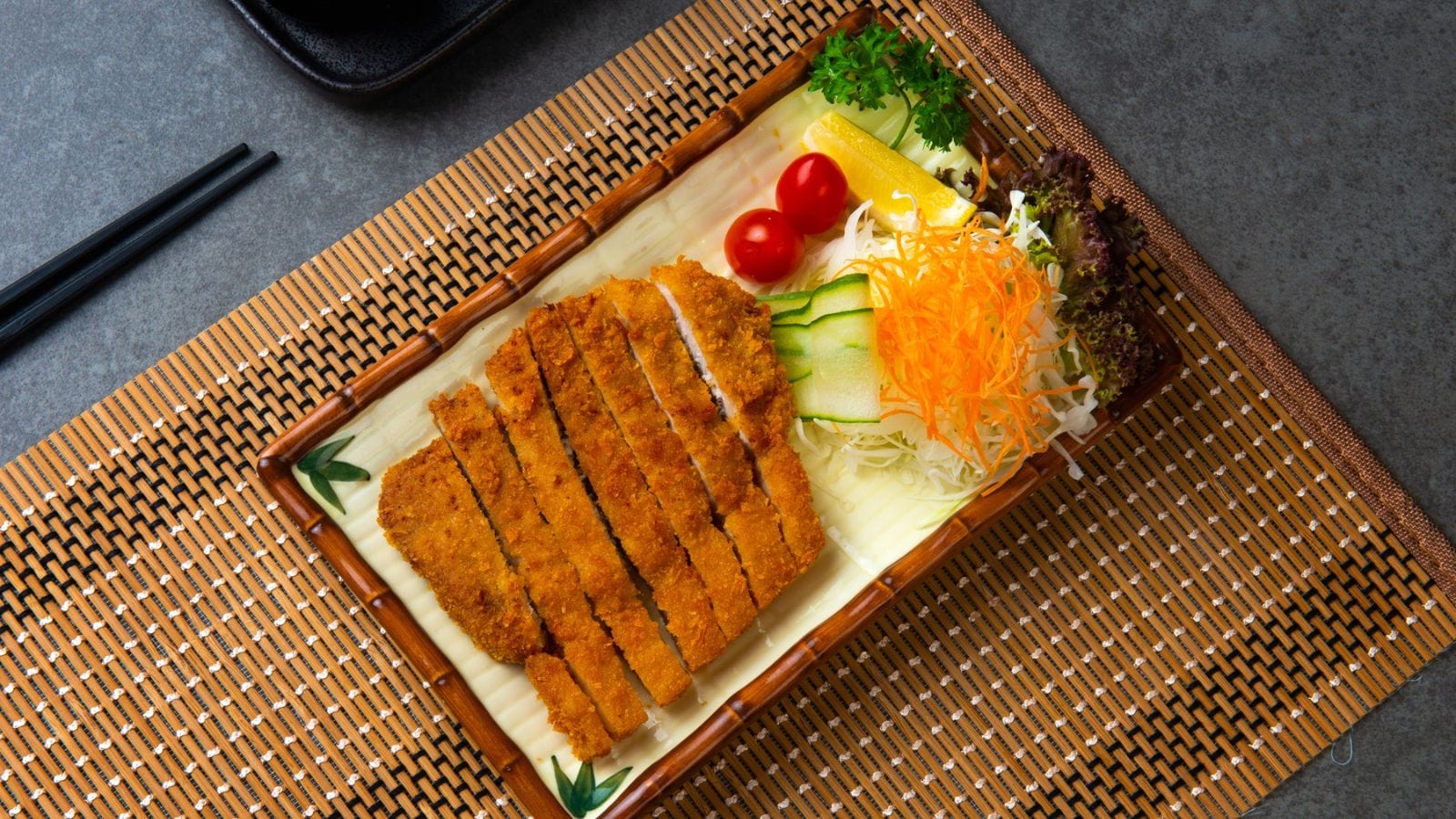

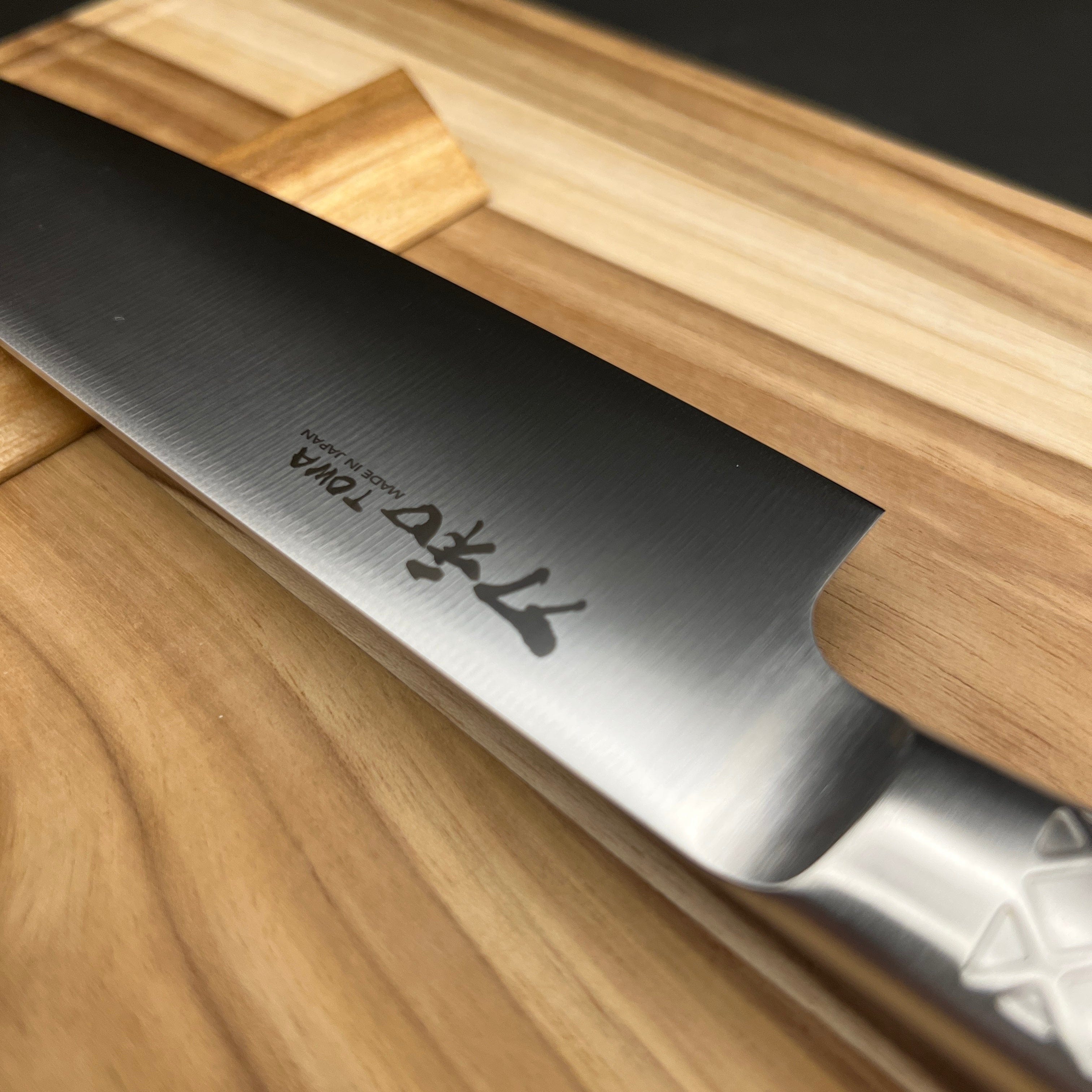
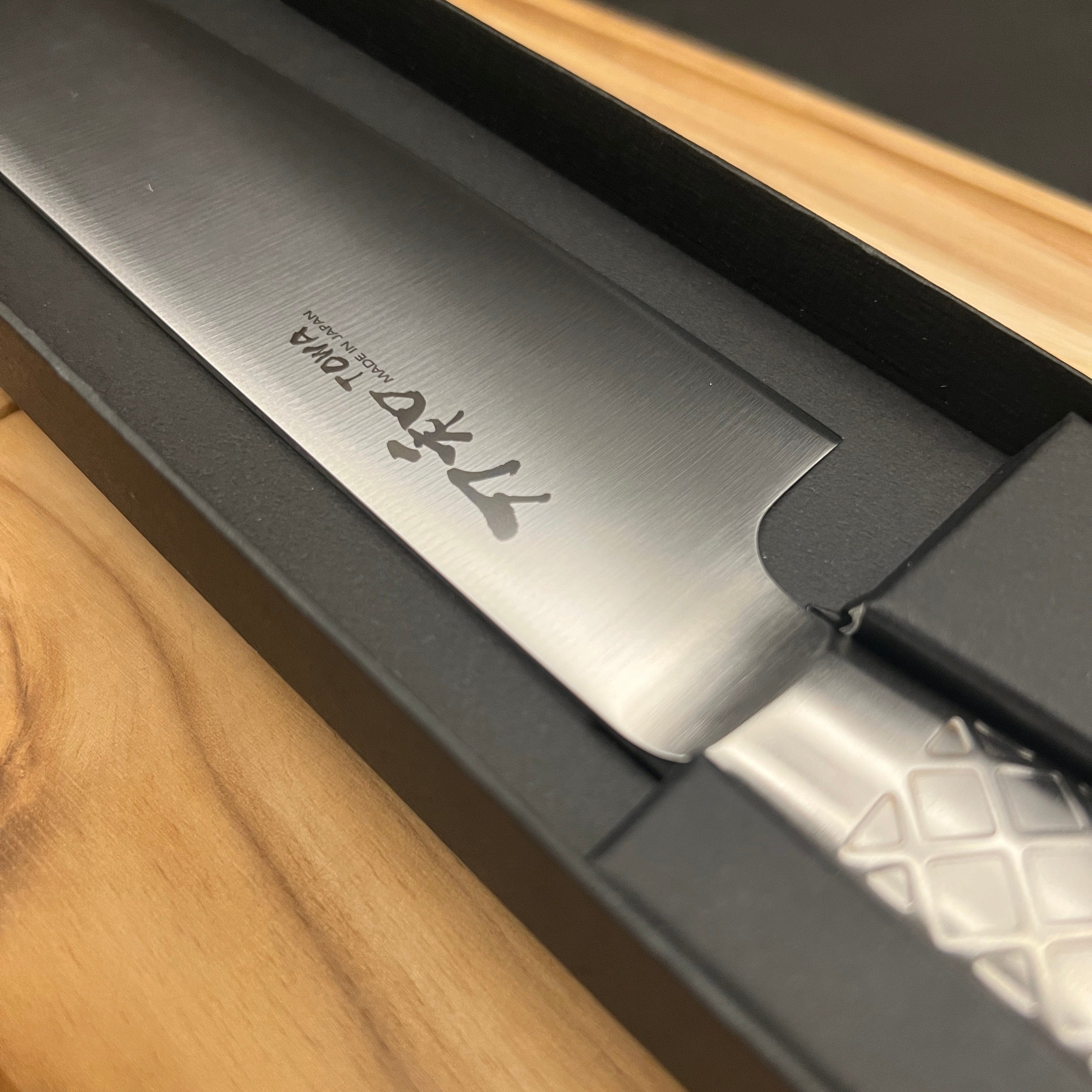
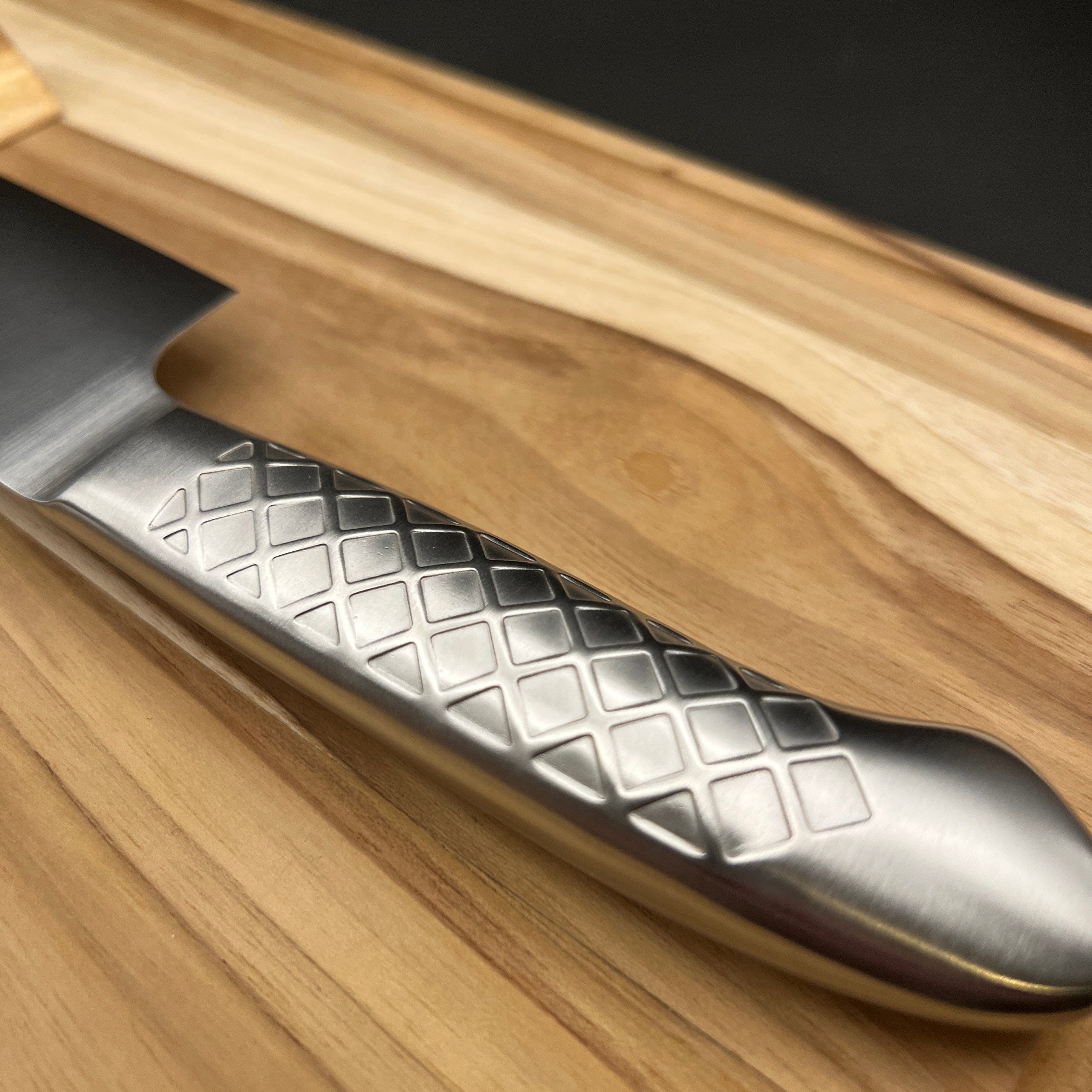
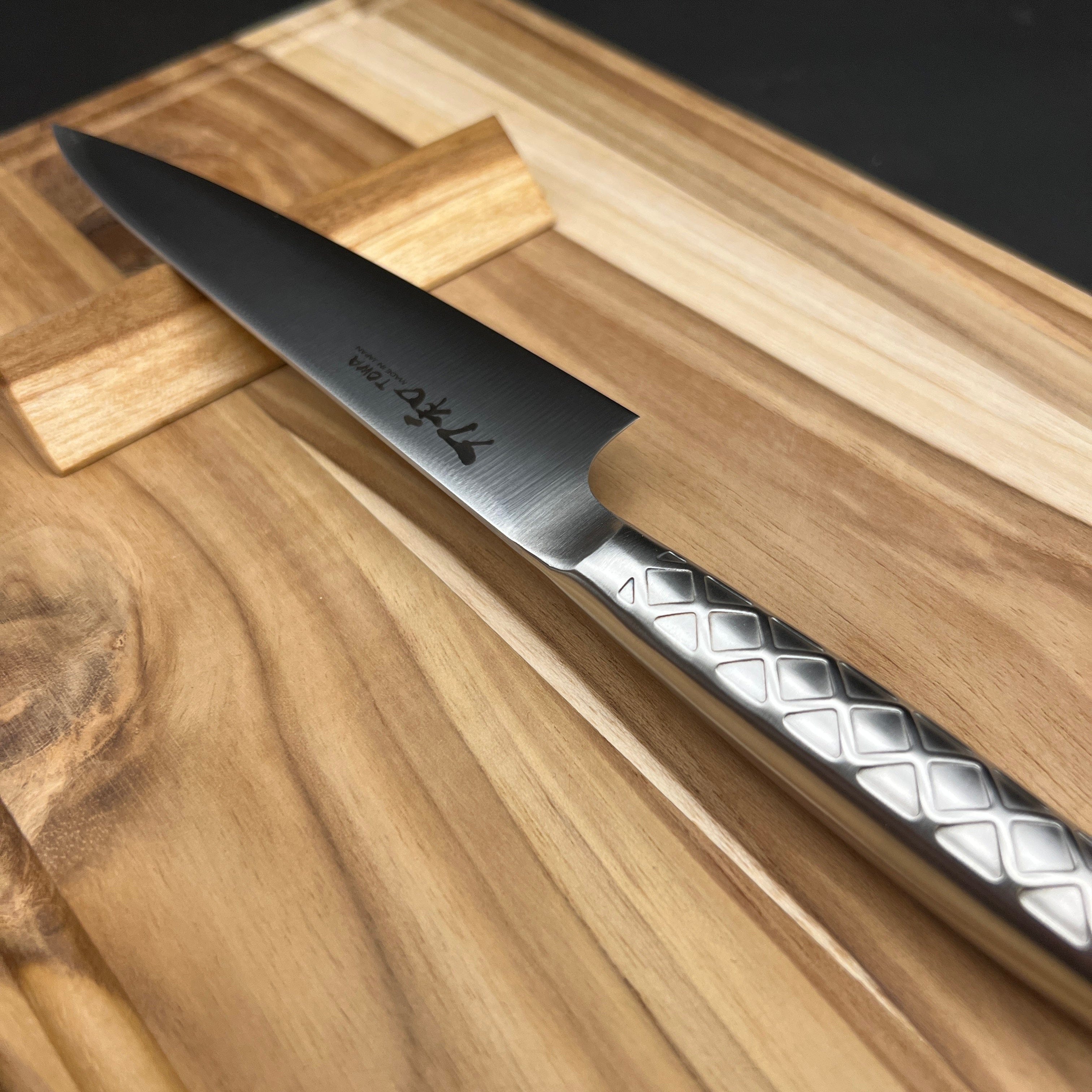
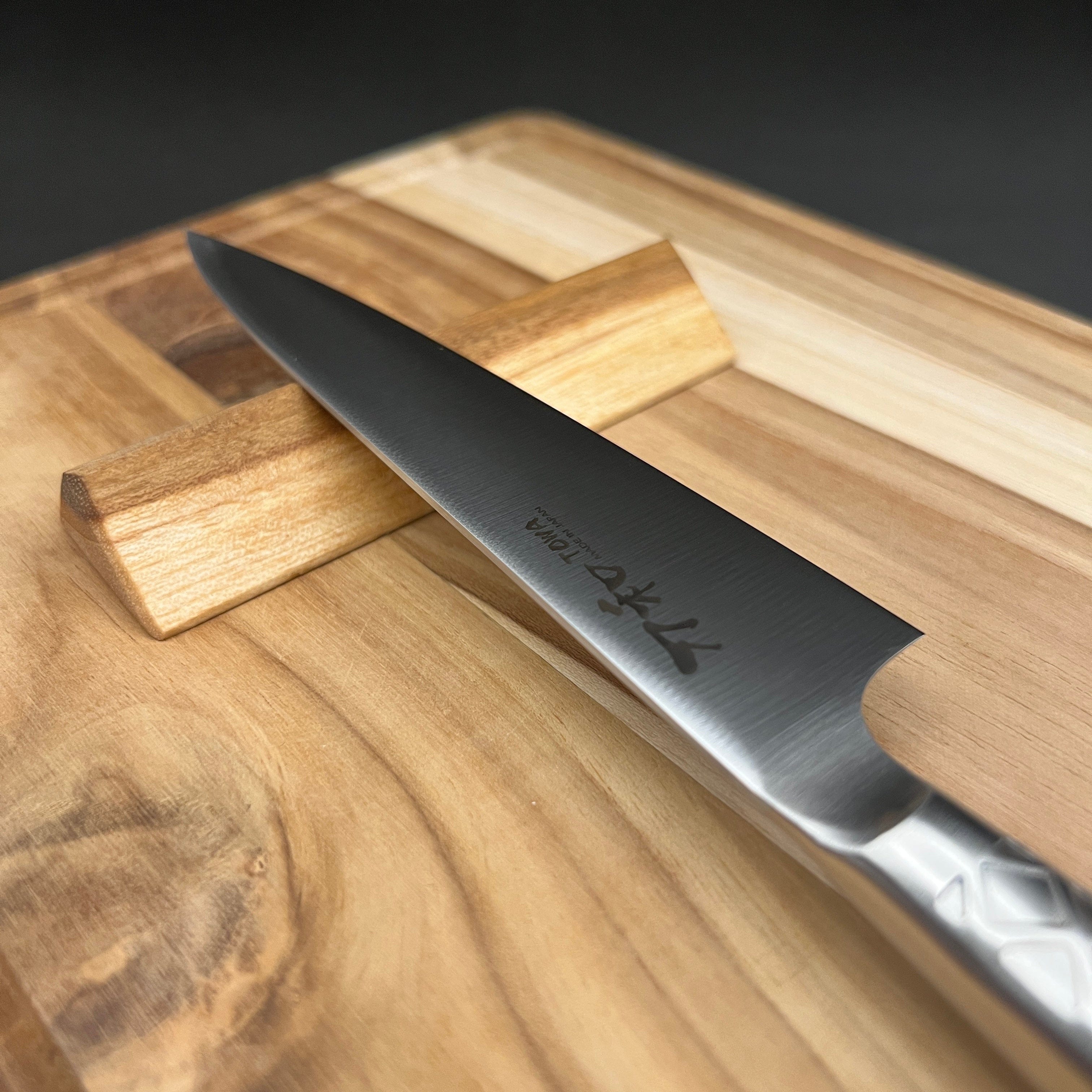
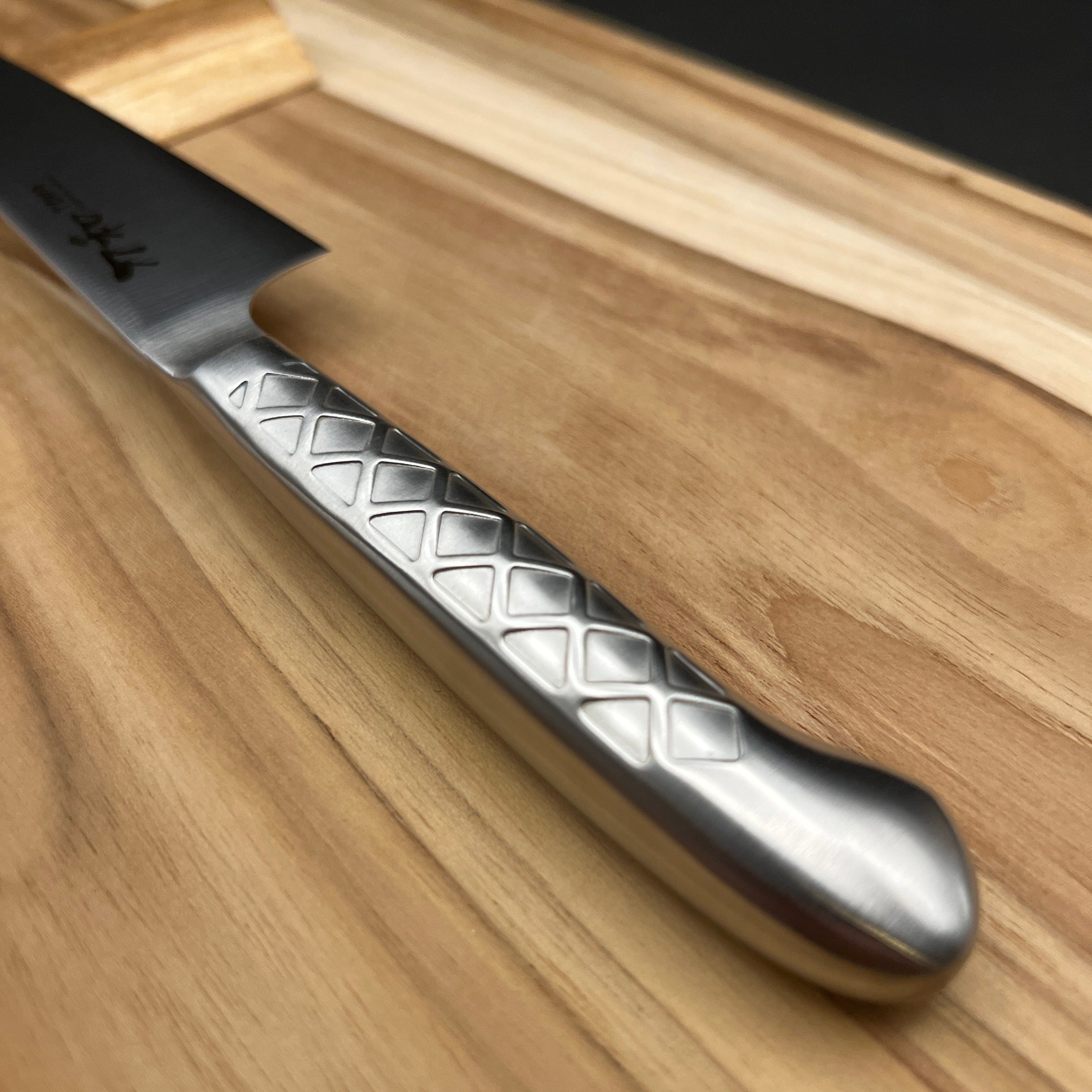
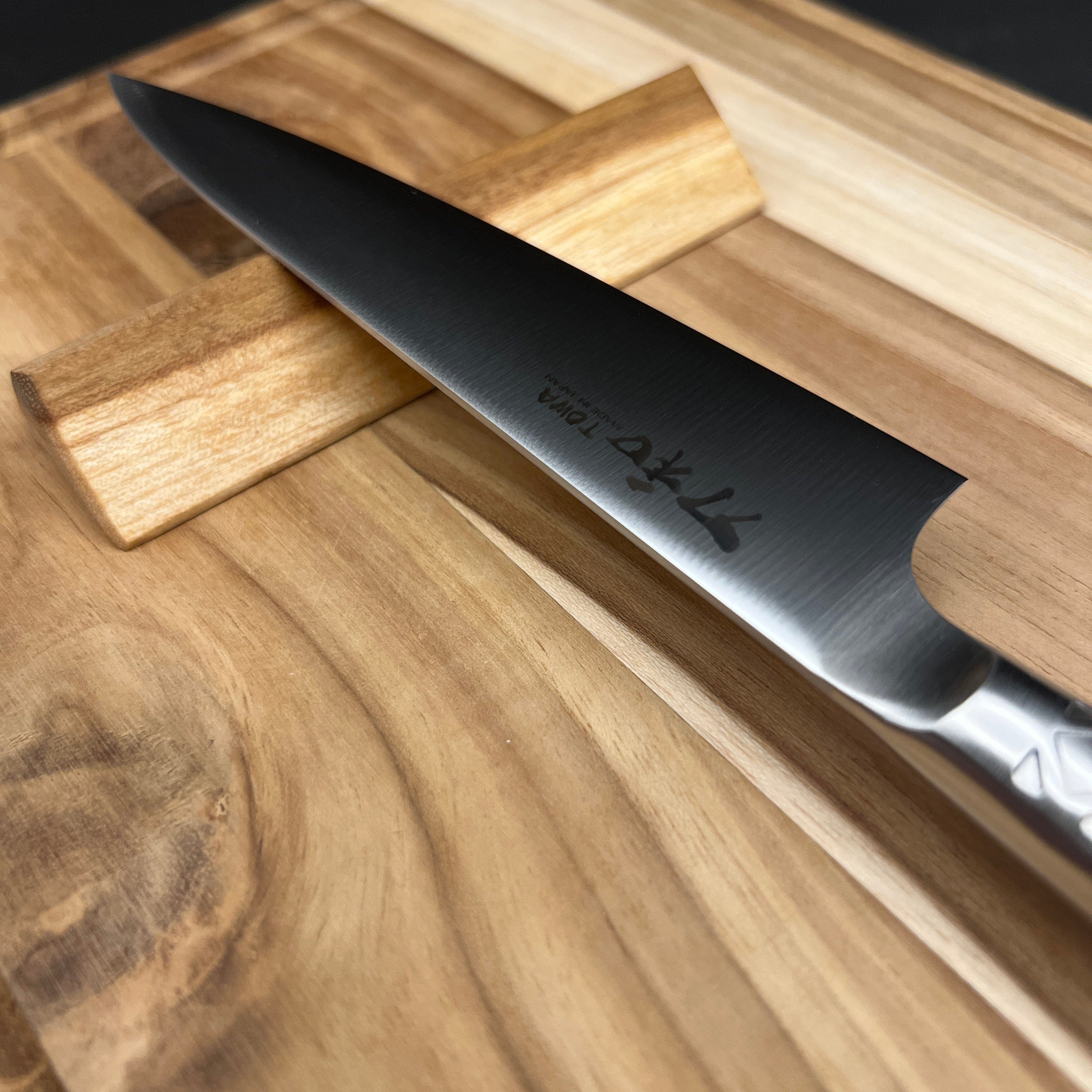
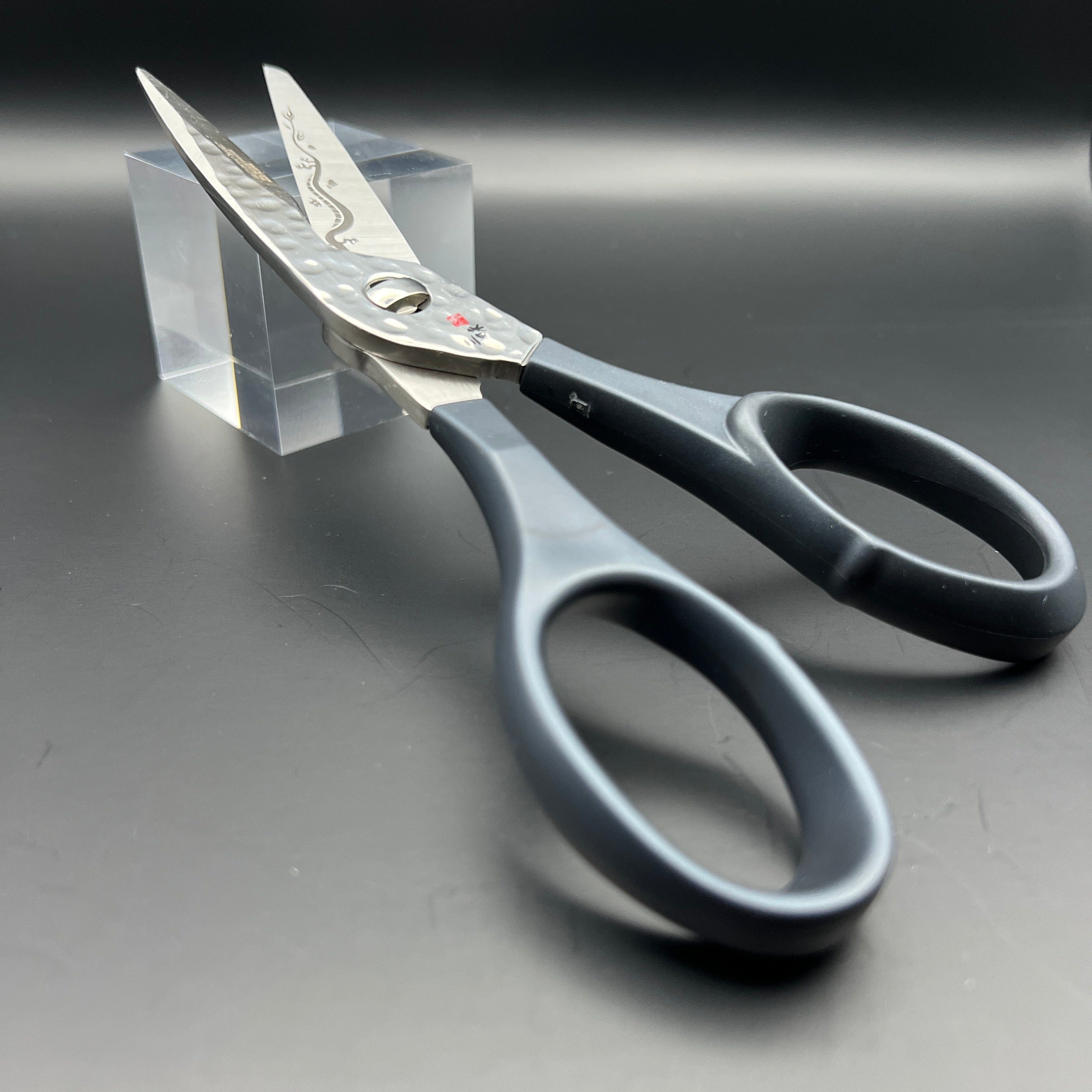
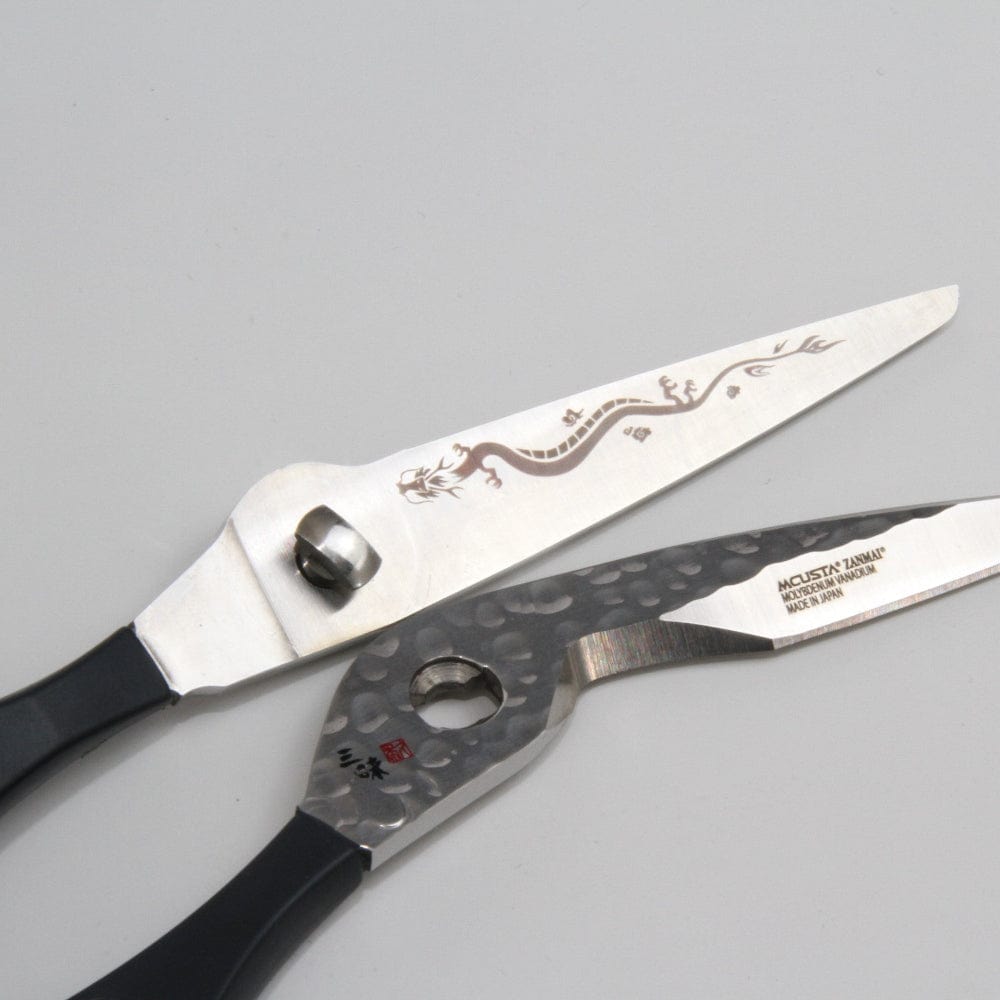
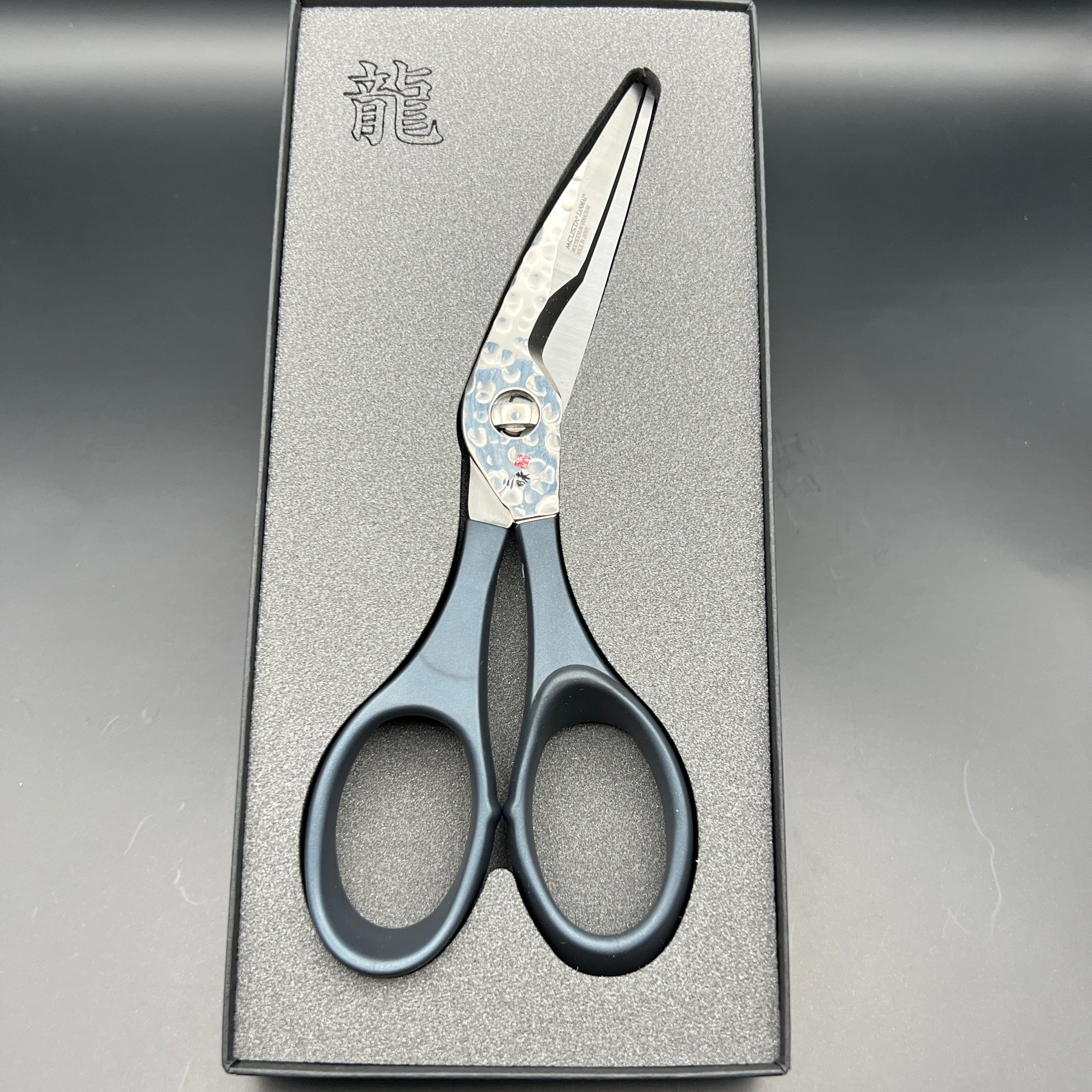
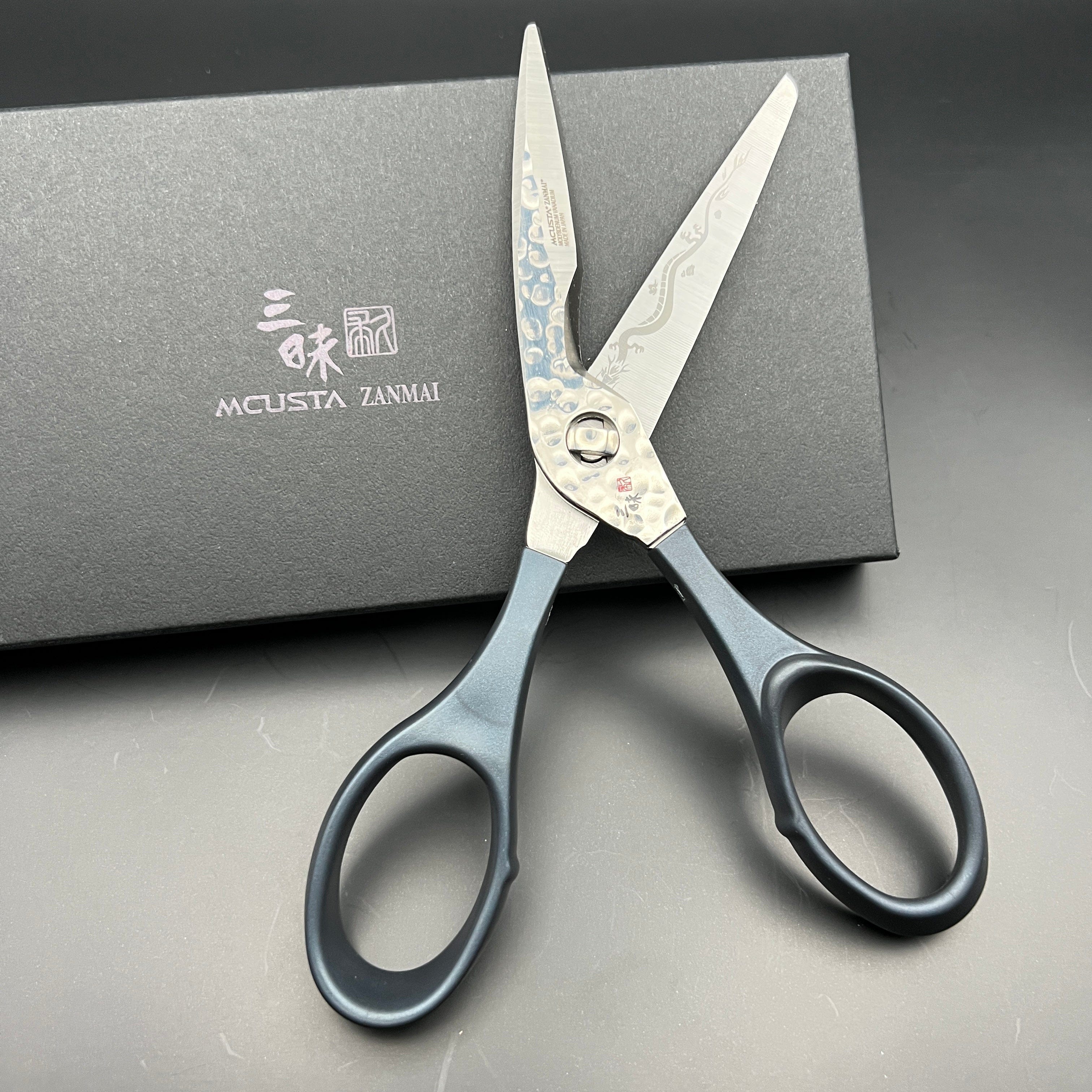
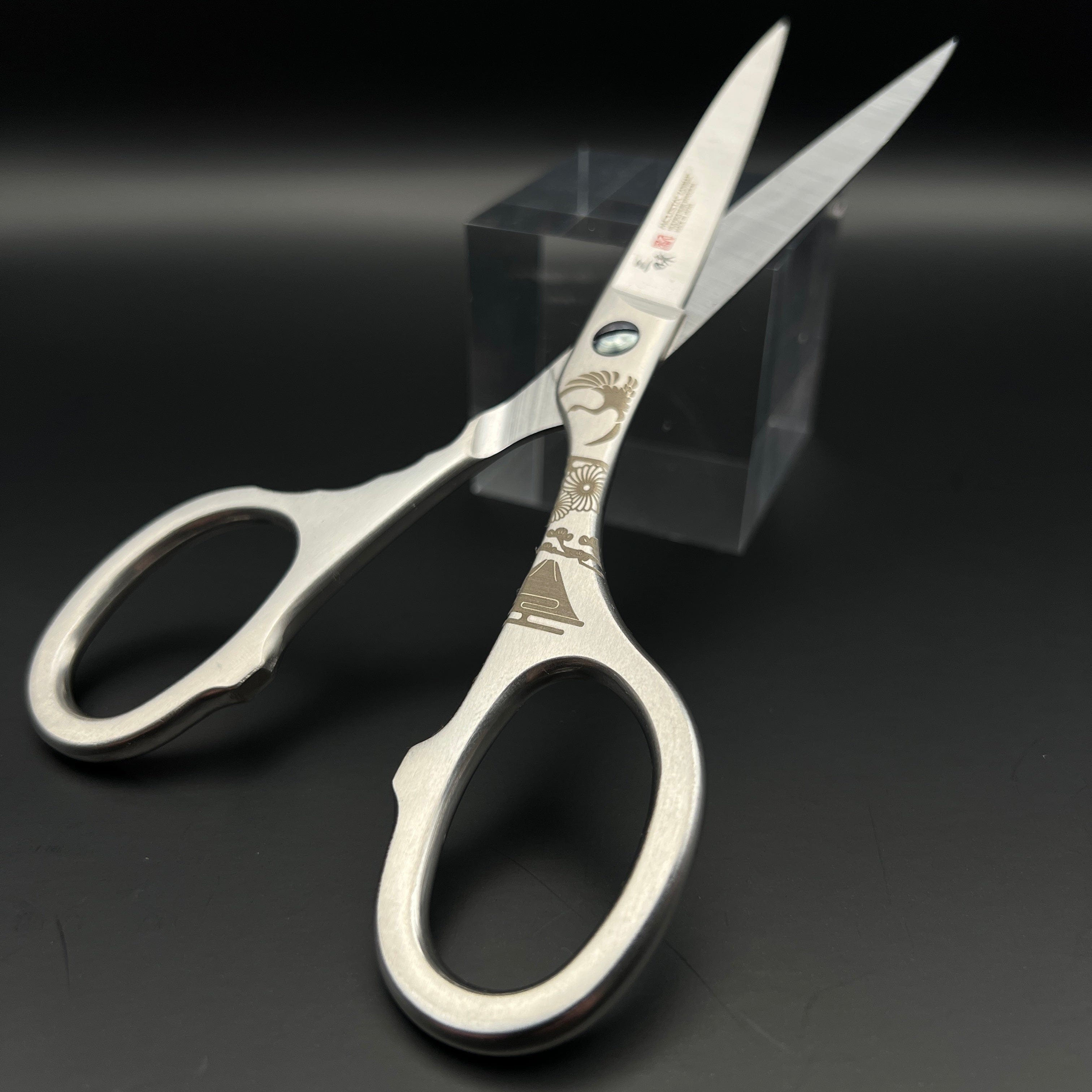
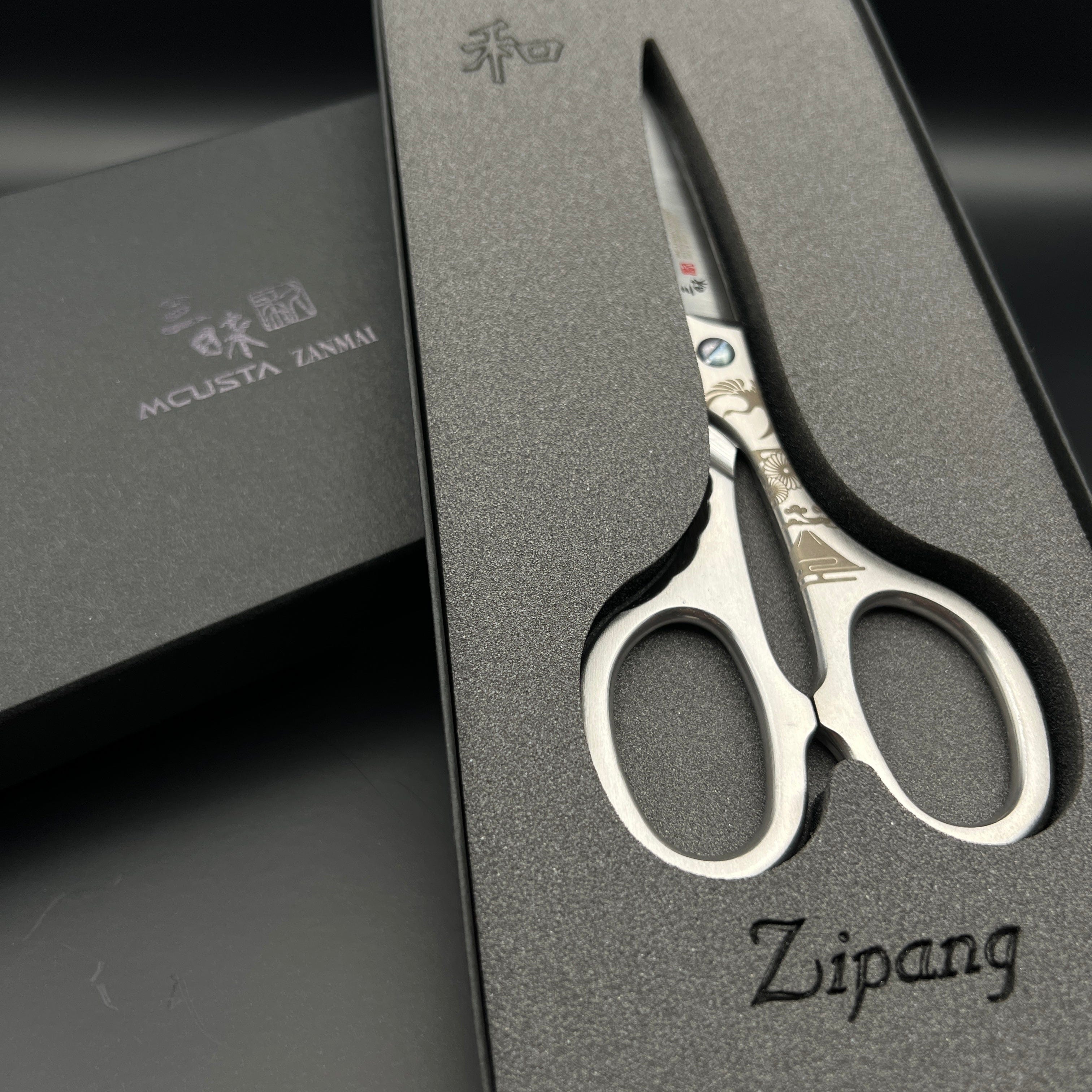
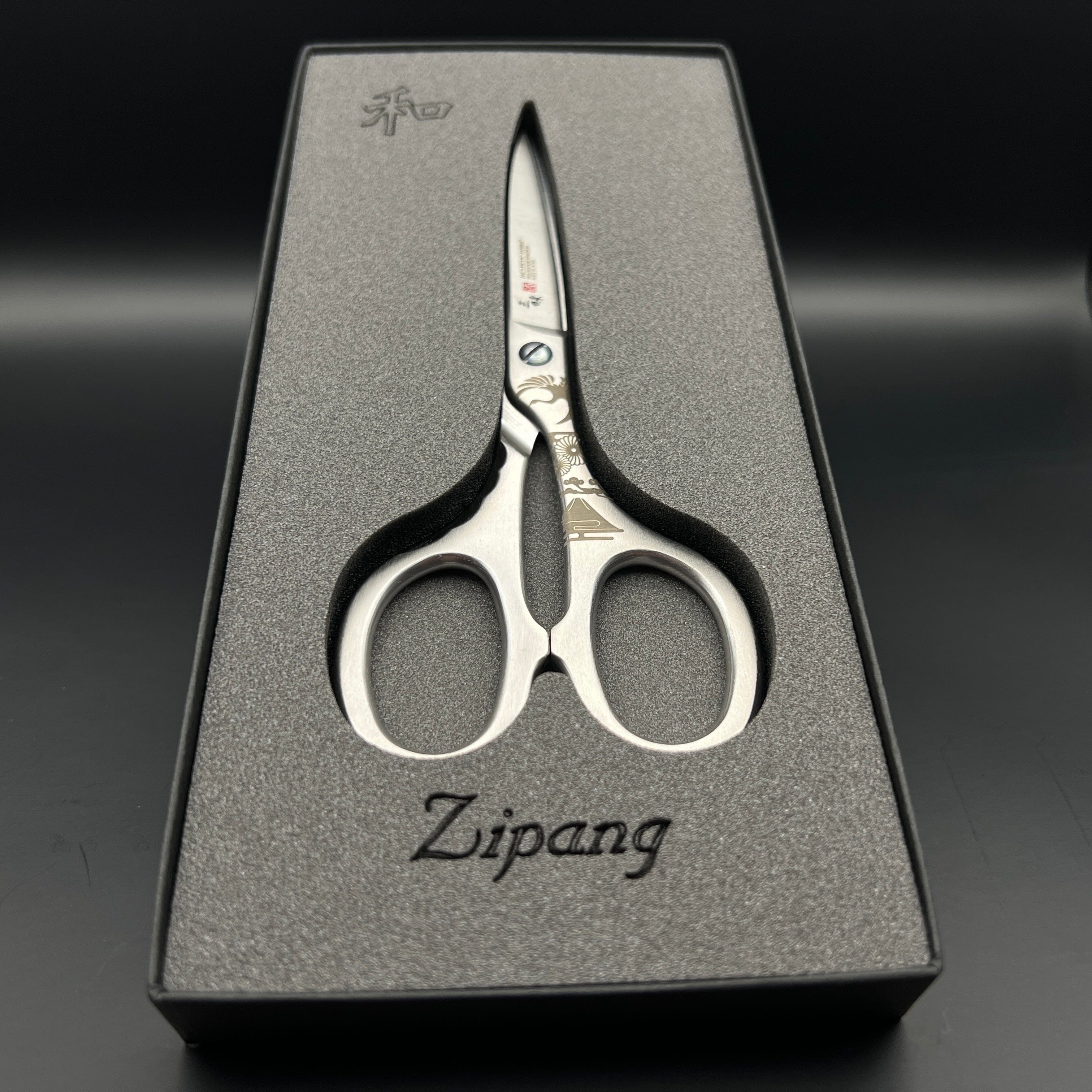
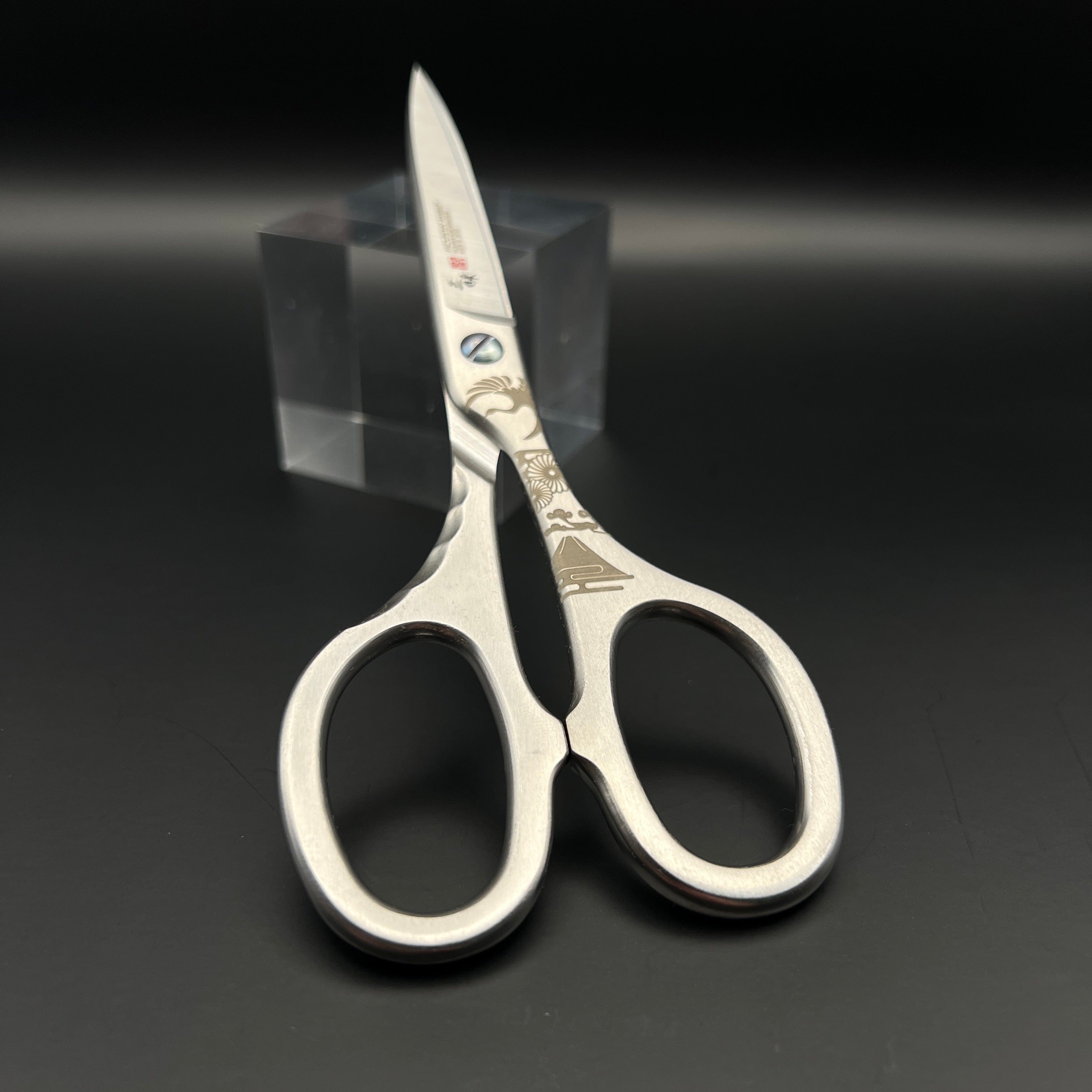
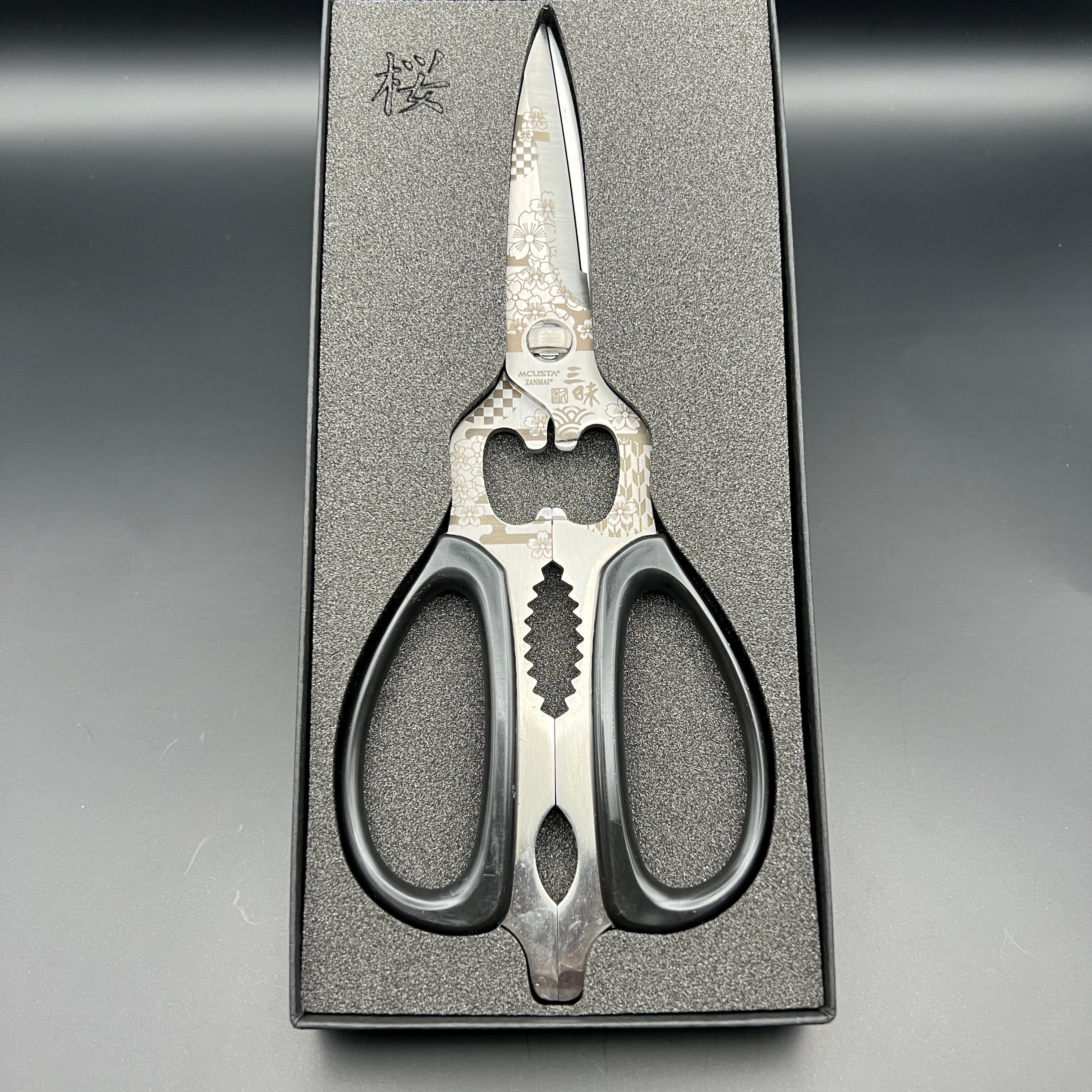
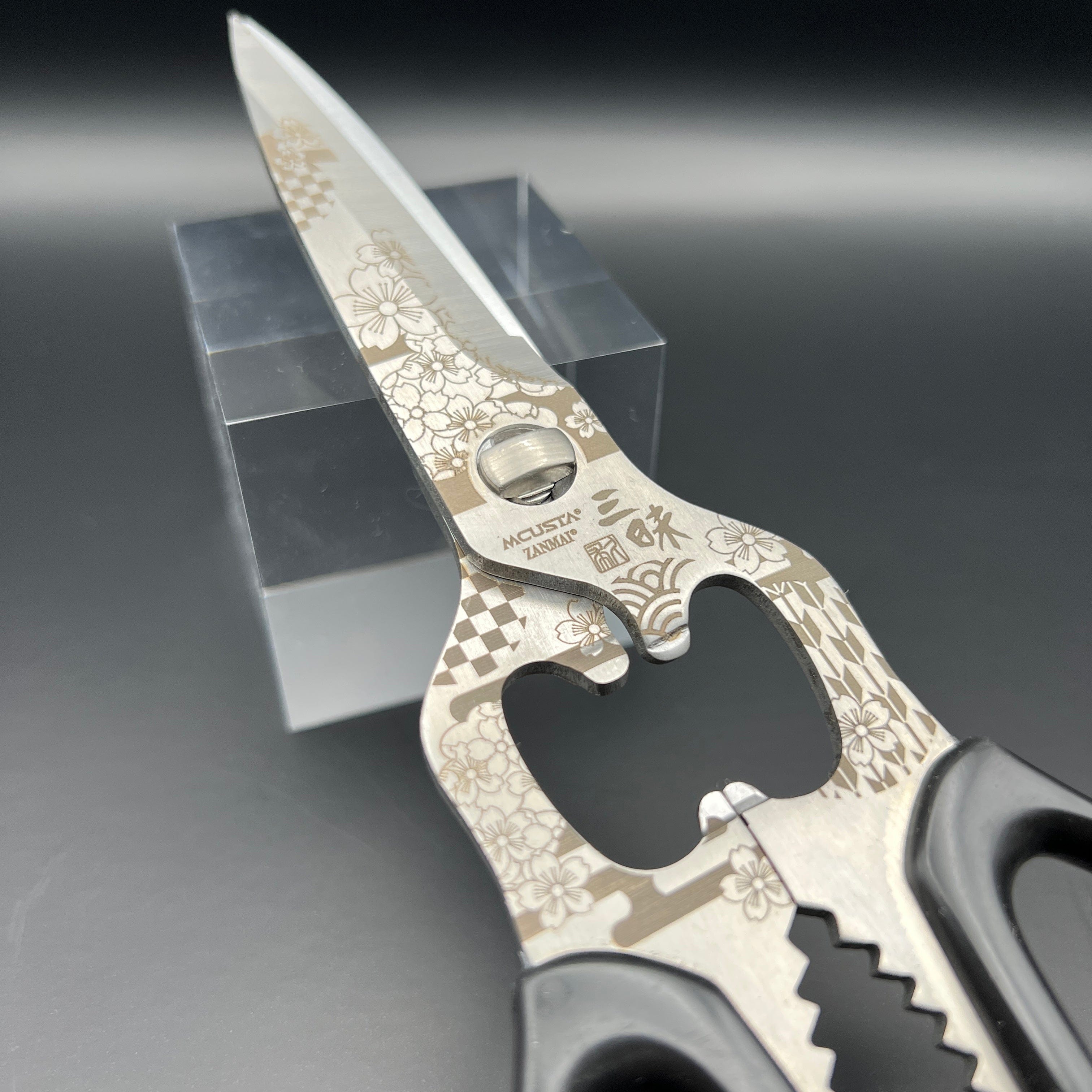

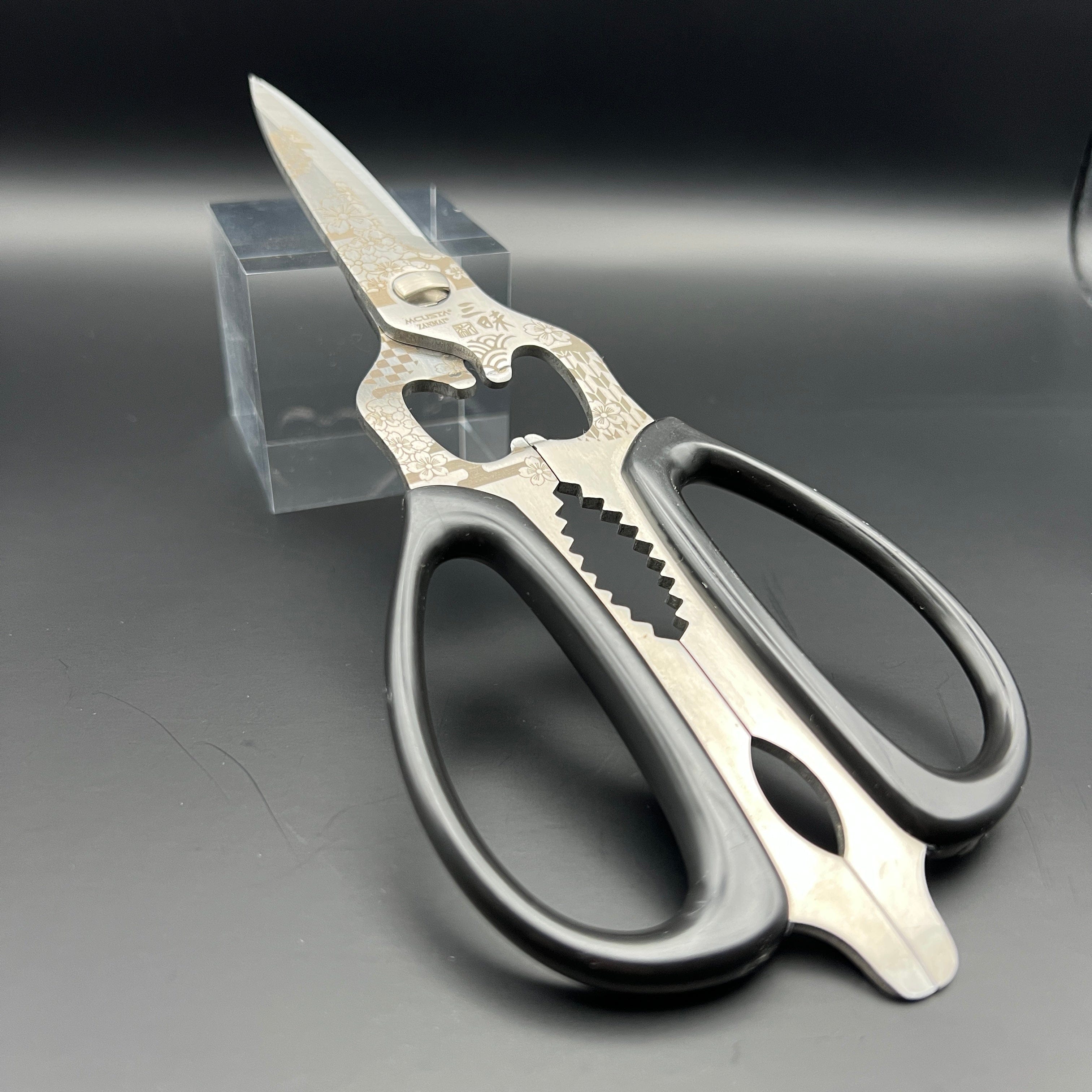
Share: